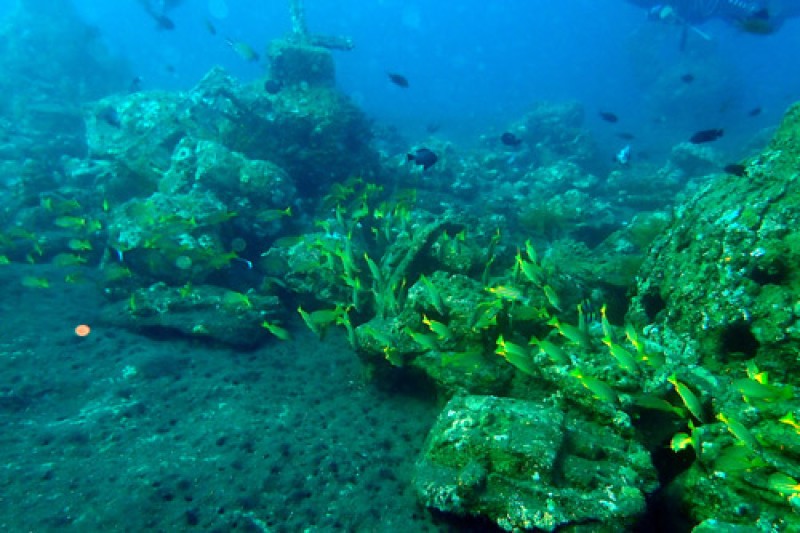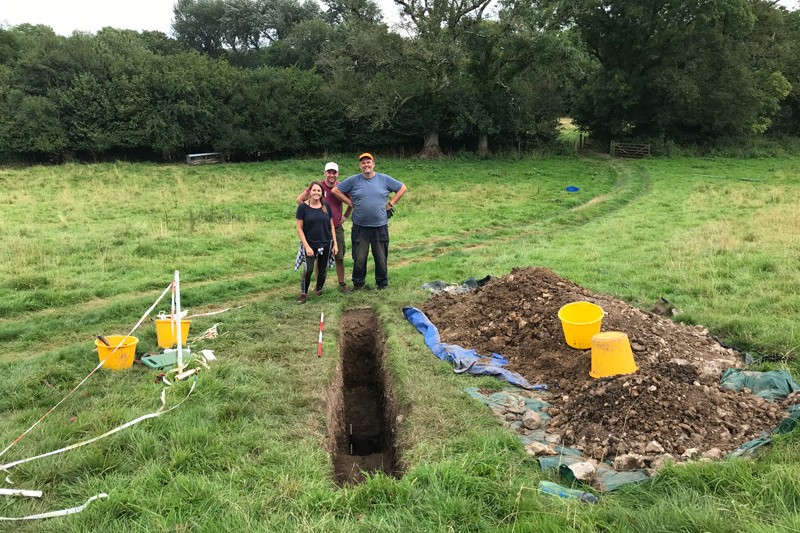
A new study has found that artificial reef structures, made of concrete, have the potential to support coral reefs in the tropics that are under threat from climate change. However, whilst they show some similarities in how they operate, more time is needed to see if they can provide the full range of life support services needed to sustain healthy ecosystems in the long-term.
Coral reefs are vital to sustaining marine life in the tropics, providing a tight cycling of nutrients in generally low nutrient environments. They may also help remove carbon dioxide from the atmosphere and trap it beneath the seabed. Climate change and other human factors such as pollution or increased carbon dioxide levels can lead to “coral bleaching”, where vital algae are expelled from the reefs, limiting their ability to maintain life.
Whilst studies have shown that artificial reefs are successful in providing new homes for multiple marine species, this is one of the first studies to explore whether they can also carry out all the environmental responsibilities that coral reefs do.
“Artificial structures can provide habitats for fish and invertebrates species, and we know they create areas of high biodiversity, but we don’t know how they function,” explained Rick Stafford, Professor in Marine Biology at Bournemouth University. “If they don’t work in the same way as coral reefs, they won’t be able to mimic the ecosystem services provided and may not be able to support high biomasses of fish in the long-term,” he added.
Over a three-year period, a research team led by Bournemouth University oversaw the installation of a series of concrete reefs in Bali, Indonesia. They then took water samples from beneath and just above the seabed which were measured for vital nutrients: phosphates, nitrates, nitrites, and ammonium. They also measured levels of organic carbon by taking samples of sediment and by laying sediment traps to capture particles floating at the bottom of the water.
The same processes were also carried out at nearby natural coral reef and an area of sand flats (nearby degraded reefs).
The findings, published in the journal Marine Biology, found:
- There were no significant differences in nutrients in the bottom water samples from all three habitat types.
- The water beneath the sediment in the artificial reefs had significantly higher phosphate concentrations than both other habitats.
- Total organic matter in sediments was significantly higher at the coral reef than both other habitat types, and it was higher at the artificial reef than in the sands.
- Total organic matter in sediment traps between May and September were higher on coral reefs than other habitats, but no differences were found in November.
Overall, the results showed that whilst the artificial reefs demonstrated differences to the sand flats, and shared some similarities with the natural coral reef, they do not yet provide the complete set of services that are required to function like coral reefs. This could be because they do not yet support the same community of fish and bottom dwelling species as their natural neighbours.
“They are not quite there yet but they are certainly working towards mimicking natural reefs,” said Professor Stafford.
Zach Boakes, a Bournemouth University PhD student and the first author of this paper, commented: “It is encouraging that our artificial reefs are starting to show similarities, in terms of functioning, to nearby natural coral reefs. The artificial reefs we’re studying are less than 6 years old, so we’re looking forward to continuing this work with our local research partners over the coming years, especially to see how older artificial reefs can further mimic natural reefs in terms of ecological communities and biogeochemical functioning.”
All research was conducted under correct permits issued by BRIN. Permit number: 15/SIP.EXT/IV/FR/5/2023



